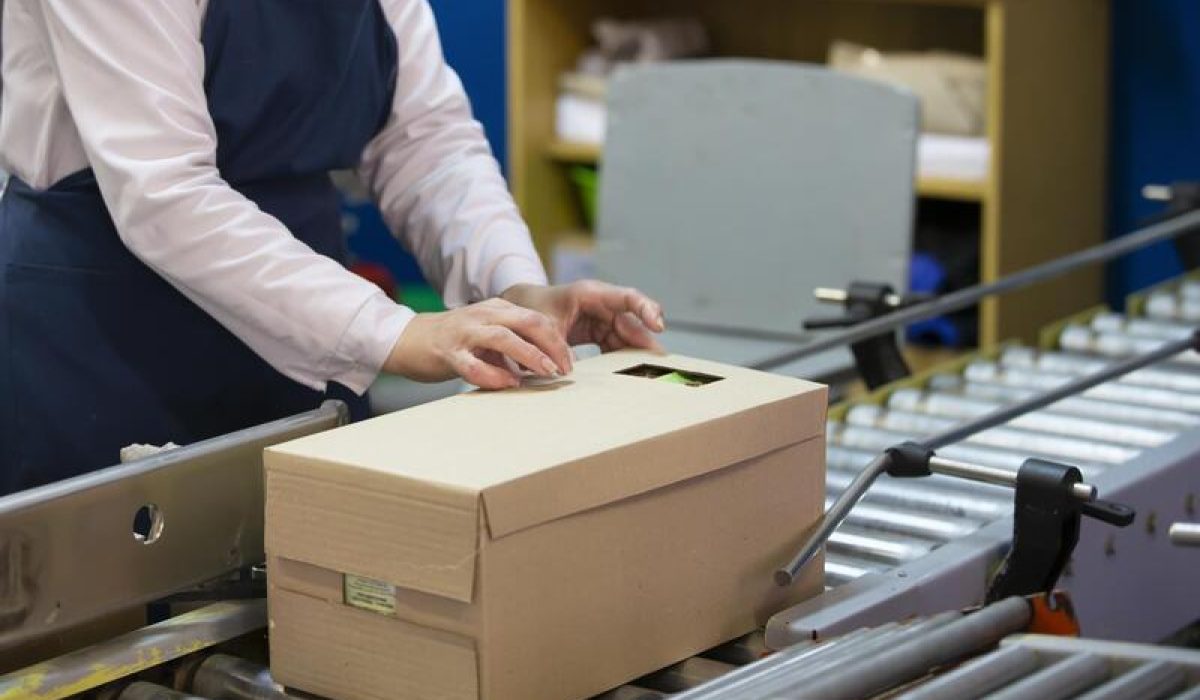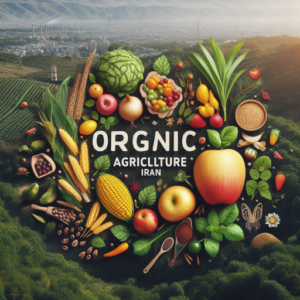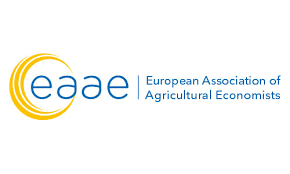Organic food has become increasingly popular due to its health benefits and environmental sustainability. As more consumers turn to organic products, there is a growing demand for information about the production and packaging process of these foods.
The production of organic food involves strict regulations and guidelines to ensure that it meets certain standards. One of the main requirements is that the food must be grown without the use of synthetic pesticides, fertilizers, or genetically modified organisms (GMOs). Instead, farmers use natural methods such as crop rotation, composting, and natural pest control to cultivate their crops.
Once the organic produce is harvested, it must be carefully packaged to maintain its freshness and quality. Many organic food companies use eco-friendly packaging materials, such as recycled paper and biodegradable plastics, to minimize their impact on the environment. These materials are often designed with special features, such as oxygen barriers and moisture control, to keep the food fresh for longer periods of time.
Packaging of organic foods also involves labeling and certification. In many countries, including the United States, organic food products are certified by government-approved organizations. These certifications involve rigorous testing and inspection to ensure that the food meets all organic standards.
In addition to the production and packaging process, it’s important for consumers to understand how to properly store and prepare organic foods. For example, some organic fruits and vegetables may require different storage temperatures than their conventionally grown counterparts, while others may require extra washing to remove any dirt or debris.
Overall, the production and packaging process of organic food involves a complex set of regulations and guidelines to ensure that the food is healthy, sustainable, and environmentally friendly. By understanding these processes, consumers can make informed decisions about the foods they purchase and consume.





